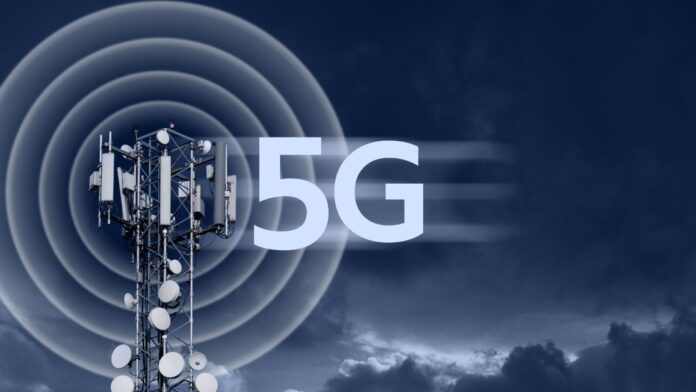Verizon has Turned Off LTE Calls
Verizon has recently made the decision to turn off LTE calls, leaving many customers wondering about the disadvantages of this change. As an expert in the field, I’ll shed some light on the potential drawbacks of LTE calls and how they may affect your overall communication experience.
One major disadvantage of LTE calls is that they heavily rely on data connectivity. Unlike traditional voice calls that operate on dedicated voice networks, LTE calls are transmitted over the same network used for browsing the internet and streaming media. This means that if you have a weak or unstable data connection, your call quality may suffer with issues like dropped calls, poor audio clarity, or even complete call failures.
Another drawback is that LTE calling can consume significant amounts of data from your monthly plan. While it provides high-quality audio and faster call setup times, it also puts strain on your data allowance. So if you frequently make long duration or international calls using LTE, it’s important to keep an eye on your data usage to avoid exceeding your limits and incurring additional charges.
Lastly, not all devices are capable of making LTE calls. Older or less advanced smartphones may not support this feature, requiring users to upgrade their device in order to take advantage of the benefits offered by LTE calling.
In conclusion, while there are certain advantages to using LTE calls such as improved call quality and faster call setup times, there are also a few disadvantages to consider. These include potential issues with data connectivity affecting call quality and reliability, increased data consumption from your monthly plan, and device compatibility limitations. It’s always wise to weigh these factors against your specific needs before deciding whether or not switching to LTE calling is right for you.
What is LTE and how does it work?
The Evolution of LTE Technology
LTE, or Long Term Evolution, is a wireless communication standard that provides high-speed data connectivity for mobile devices. It represents a significant advancement over previous generations of cellular technology, such as 3G, offering faster internet speeds and improved network capacity.
LTE was first introduced commercially in 2009 and has since undergone several upgrades to enhance its performance. These upgrades include the introduction of LTE Advanced (LTE-A) and LTE Advanced Pro (LTE-A Pro), which further increase download and upload speeds, reduce latency, and support advanced features like carrier aggregation and multiple-input multiple-output (MIMO) antennas.
Understanding the Basics of LTE Calls
While LTE is primarily known for delivering high-speed internet access on smartphones and tablets, it can also handle voice calls using a technology called Voice over LTE (VoLTE). VoLTE allows voice calls to be transmitted as data packets over the LTE network instead of relying on traditional circuit-switched networks.
With VoLTE, voice calls benefit from improved call quality with HD voice capabilities. This technology enables clearer audio transmission by utilizing wider frequency ranges and higher bit rates compared to traditional voice services. Additionally, VoLTE offers faster call setup times and seamless handover between different network technologies like Wi-Fi calling.
Exploring the Advantages and Disadvantages of LTE Calls
Like any technology, there are advantages and disadvantages associated with using LTE for voice calls:
Advantages:
- Enhanced Call Quality: VoLTE supports HD voice capabilities, resulting in clearer audio during phone conversations.
- Faster Call Setup: With VoLTE, call setup times are significantly reduced compared to traditional circuit-switched networks.
- Seamless Handover: Users can seamlessly switch between different network technologies like Wi-Fi calling without dropping their ongoing calls.
- Efficient Network Utilization: By transmitting voice calls as data packets alongside other internet traffic on the same network infrastructure, LTE calls contribute to more efficient network utilization.
Disadvantages:
- Limited Coverage: While LTE coverage is expanding rapidly, there may still be areas where LTE network coverage is limited or not available.
- Device Compatibility: Not all devices support VoLTE, especially older models. Users may need to upgrade their devices to take advantage of LTE calls.
- Battery Consumption: Making voice calls over LTE can consume more battery power compared to traditional voice services due to the increased data usage.
Overall, LTE calls offer improved call quality and faster call setup times. However, it’s essential to consider factors such as coverage availability and device compatibility when deciding whether to utilize this technology for voice calls.

The switch from LTE calls to VoLTE
Transitioning from LTE to VoLTE
Verizon’s decision to turn off LTE calls and transition to Voice over LTE (VoLTE) technology brings about several changes in how voice calls are made and received. With the shift to VoLTE, traditional circuit-switched voice calls are replaced by voice data packets transmitted over the LTE network. This transition offers a number of advantages, but it’s important to consider any potential disadvantages as well.
One key aspect of transitioning from LTE to VoLTE is that it requires devices capable of supporting VoLTE technology. While most modern smartphones already come equipped with this capability, older devices may not be compatible. Users who rely on older phones may need to upgrade their devices or risk losing the ability to make voice calls through Verizon’s network.


